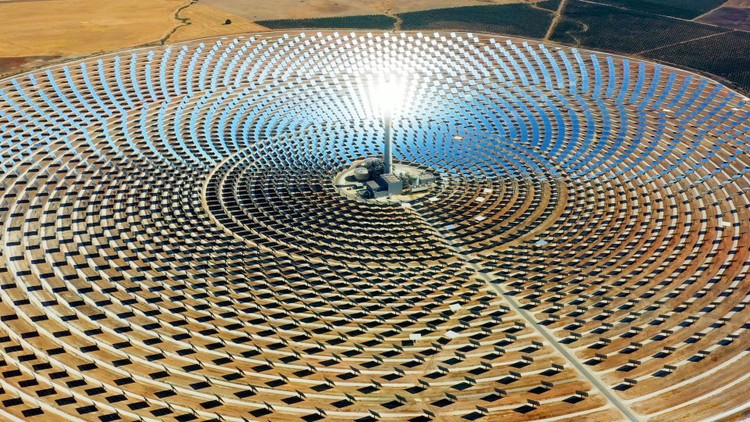
Looking down from above the arid Gobi desert – once a place of wind, sand and cracked earth – a strange sight appears: thousands of giant mirrors facing the sky, reflecting light onto a towering tower. That is the Hami Molten Salt Power Tower – where China is turning the sun and wind into a never-ending stream of electricity.
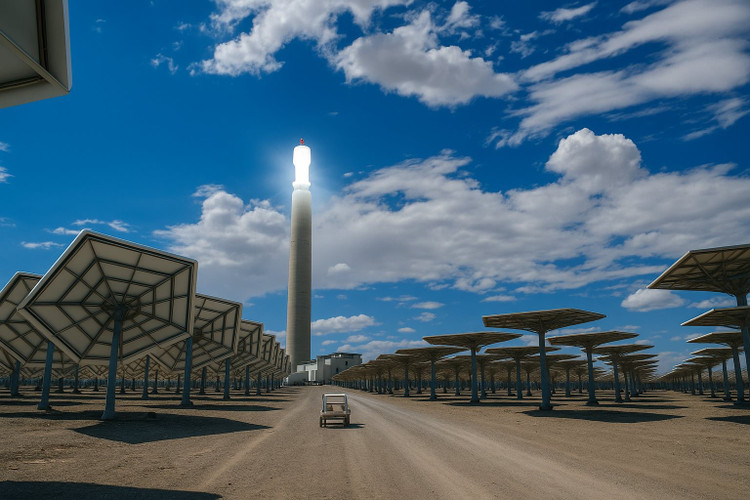
“There are 14,500 glass panels that reflect light onto the central tower, causing the molten salt to generate and store energy. After sunset, the stored energy will continue to power the plant, ensuring 24-hour operation. This is the main advantage of solar thermal energy,” Liu Zenghui, deputy general manager of New Energy Engineering Company, told the Global Times.
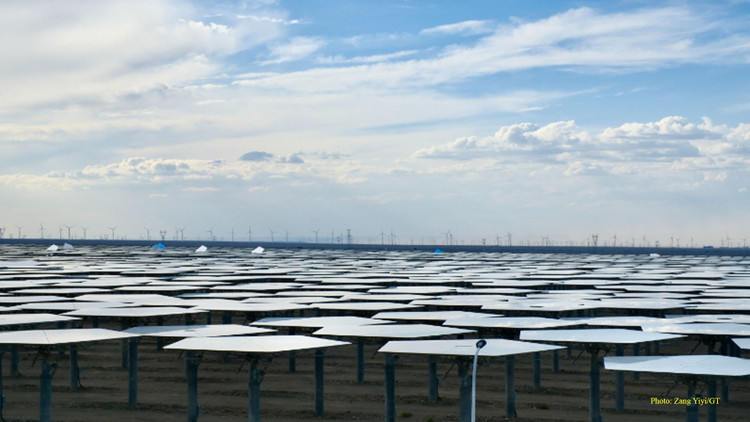
Compared to photovoltaic (PV) energy, solar thermal energy is less known. PV converts sunlight directly into electricity, while solar thermal converts sunlight into heat, and then into electricity.
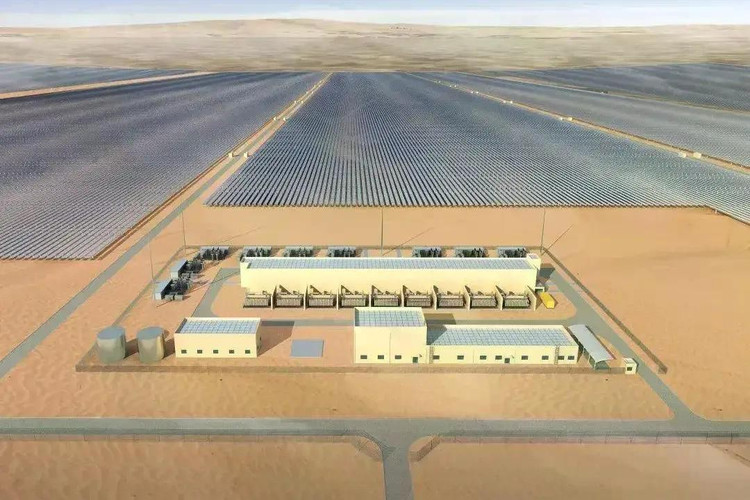
The plant provides continuous, stable and efficient power supply - an important future trend in China's pursuit of clean energy.
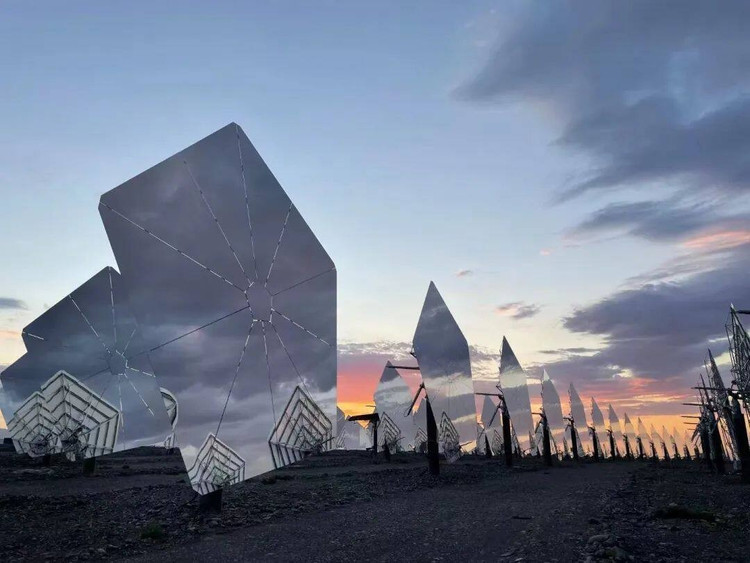
As in many new energy technology areas such as PV, China is poised to take the lead in thermal solar power generation after years of work and innovation. The ultimate goal is high quality and lower costs.
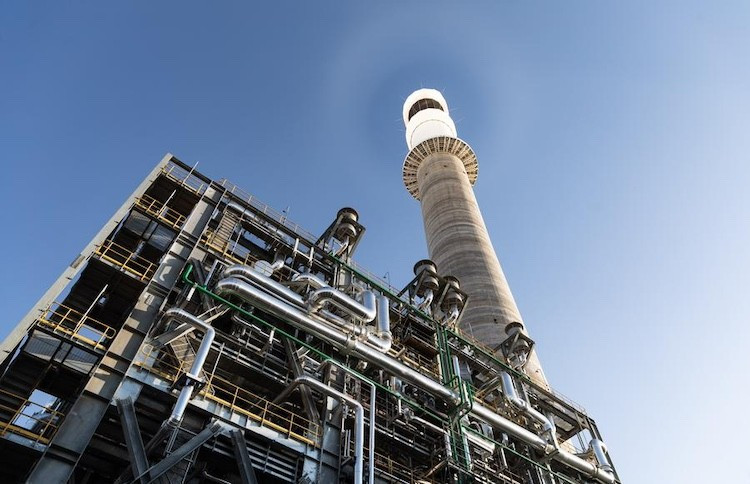
The Hami Solar Power Plant, designed by the Northwest Power Design Institute, is one of China's first thermal solar power projects and the only thermal solar power project in Xinjiang.
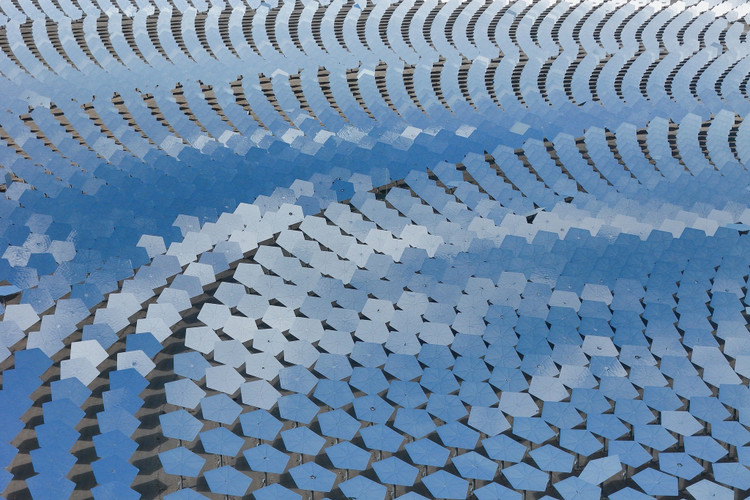
“This marks China’s successful construction of a large-scale solar thermal power plant from zero to one, helping the country establish and improve national standards for solar thermal power design,” Liu said.
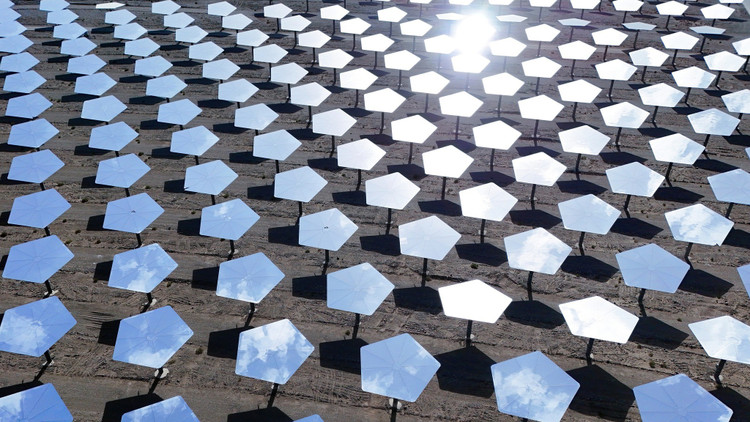
“The pentagonal fixed glass panels save manufacturing materials, increase land use efficiency and track the sun,” Qiu Tao, assistant chief engineer and deputy director general of the Science and Technology Innovation Center at the Northwest Electric Power Design Institute, told the Global Times.
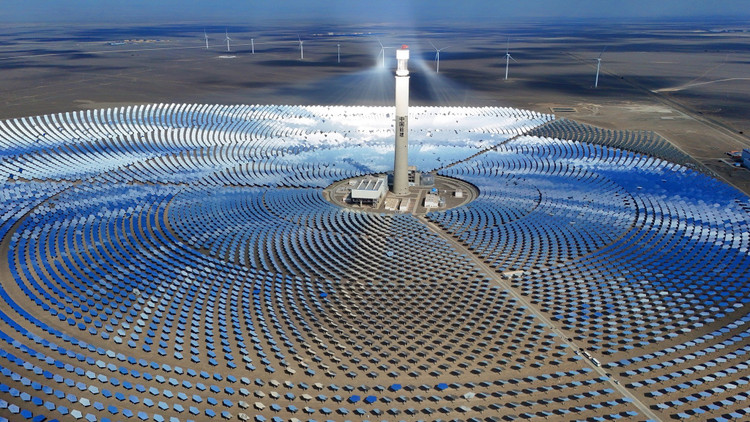
Unlike traditional solar panels, this system of tens of thousands of mirrors constantly rotates to follow the sunlight, focusing heat on the top of the tower. There, the sunlight is converted into a temperature of more than 560°C, heating a special mixture of nitrate salts. This hot salt is then directed into insulated tanks underground and can retain heat for up to 15 hours, enough to turn a turbine to generate electricity overnight without the need for additional fuel.
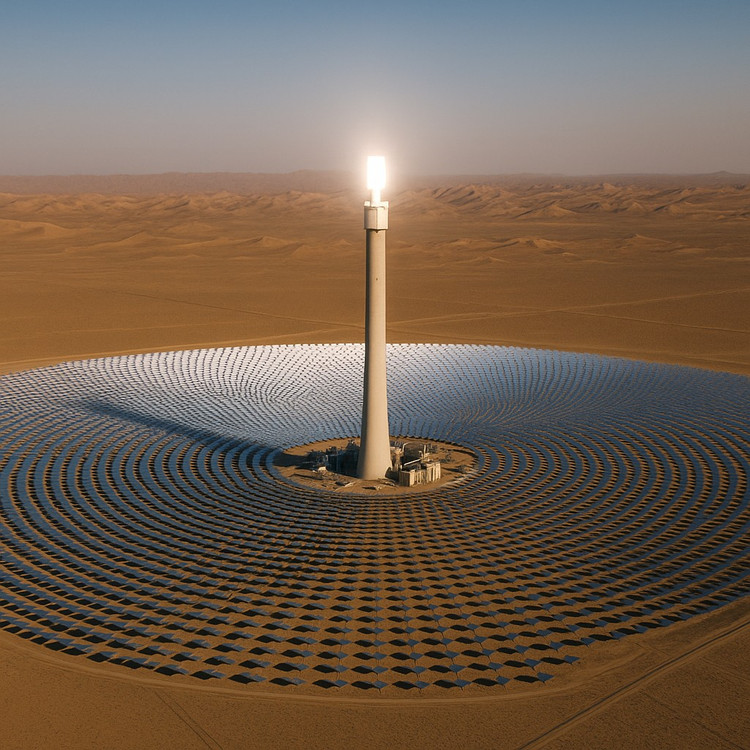
The 50-megawatt Hami plant in Xi'an, northwest China's Shaanxi Province, has been successfully put into operation thanks to a simulation system that is the world's first comprehensive cloud computing simulation system for a molten salt thermal power plant. Qiu said the system accurately simulates the actual operating environment, reducing errors and enhancing safety.
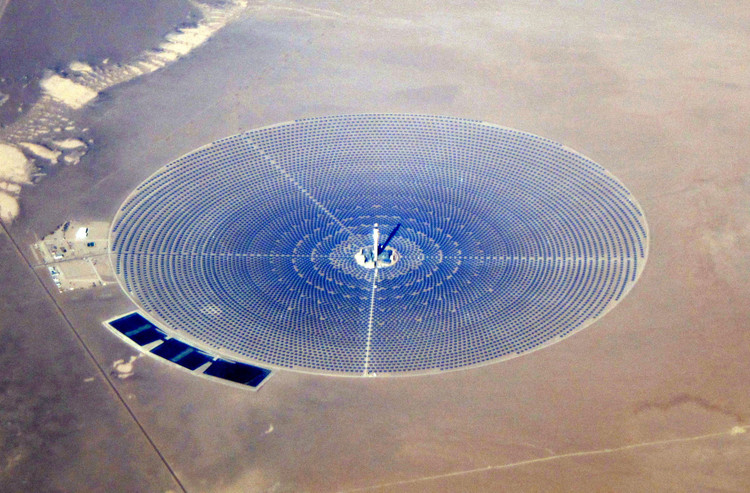
China is working to reduce costs and promote commercialization. According to the China Solar Thermal Alliance, the cost of electricity from tower solar thermal plants is expected to fall to 0.61 yuan/kilowatt-hour (kWh) by 2025 and to about 0.53 yuan/kWh by 2027.

“Although China’s development of solar thermal energy is relatively late, we have the ability to apply and adapt advanced technology. Our solar thermal projects have now surpassed international standards, with high cost-effectiveness and stable quality. I believe that China’s solar thermal industry will eventually take the lead in technology and be at the forefront of global development,” Qiu said.
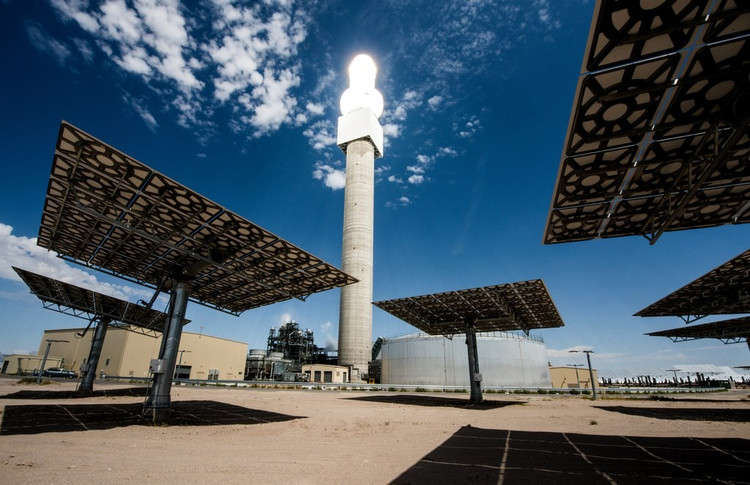
China's energy transition accelerated in 2024. According to the National Energy Administration, as of the end of April, the total installed power generation capacity nationwide exceeded 3 billion kilowatts (kW), up 14.1% year-on-year. Solar power capacity alone reached about 670 million kW, up 52.4% year-on-year.
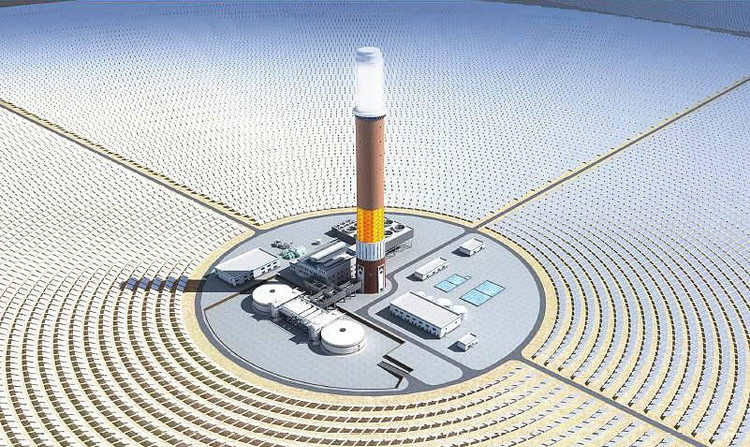
The transition to clean energy is well reflected in the rapid growth of power plants across China, such as the Hami Solar Thermal Power Plant. The project is part of a massive energy ecosystem that includes solar, wind and energy storage systems, with a total expected capacity of several gigawatts.
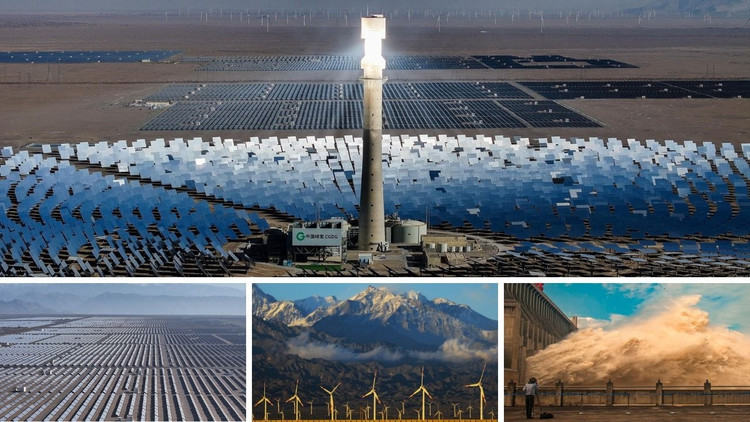
It is also a key link in the “West-East Power Transmission” plan – a program to bring clean electricity from the resource-rich northwest to industrial cities in the east. With more than 3,200 hours of sunshine a year, dry air, and low population density, Hami is the “perfect laboratory” to test the latest renewable technologies – from super-efficient solar panels, large wind turbines, to molten salt heat storage systems.
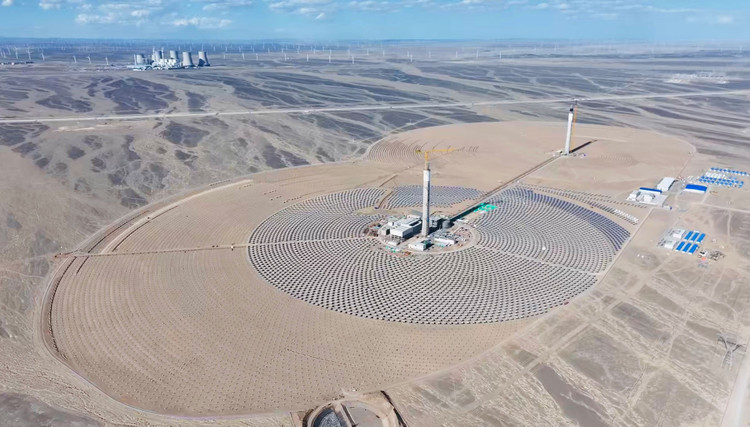
It is known that building a salt-flowing power tower in the middle of the desert not only requires hundreds of millions of dollars in investment capital, but also requires extremely precise engineering and design. The mirror system must be synchronized, and a deviation of just a few millimeters can cause the light focus to deviate, seriously reducing efficiency.
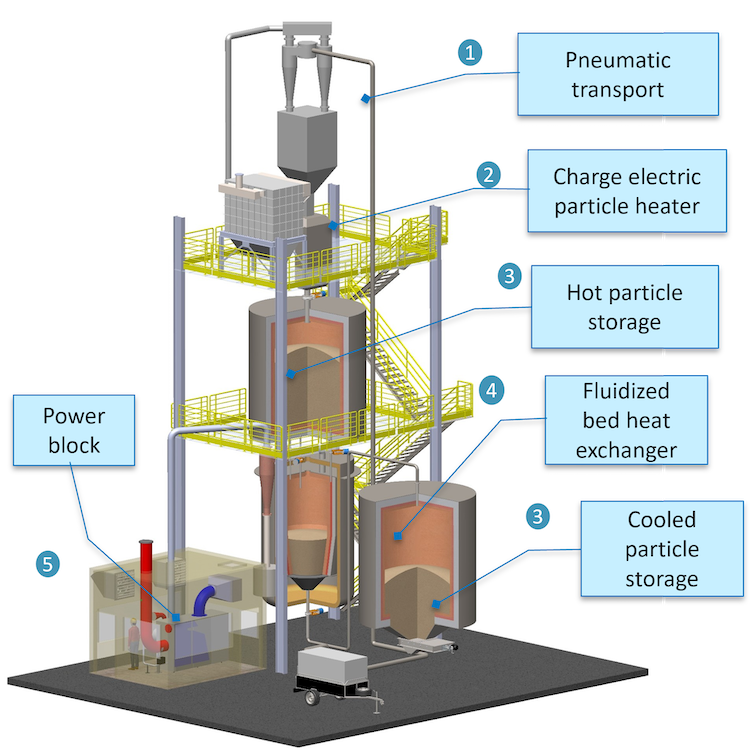
In addition, hot salt is a “difficult material”. If it cools below 220°C, it will crystallize and clog the entire system. So from the tanks to the pipes, from the insulation to the central control unit – everything had to be specially engineered to operate smoothly in the harsh climate and wide temperature swings of the Gobi.
Source: https://khoahocdoisong.vn/ky-tich-nha-may-dien-nhet-mat-troi-giua-sa-mac-gobi-post1545223.html



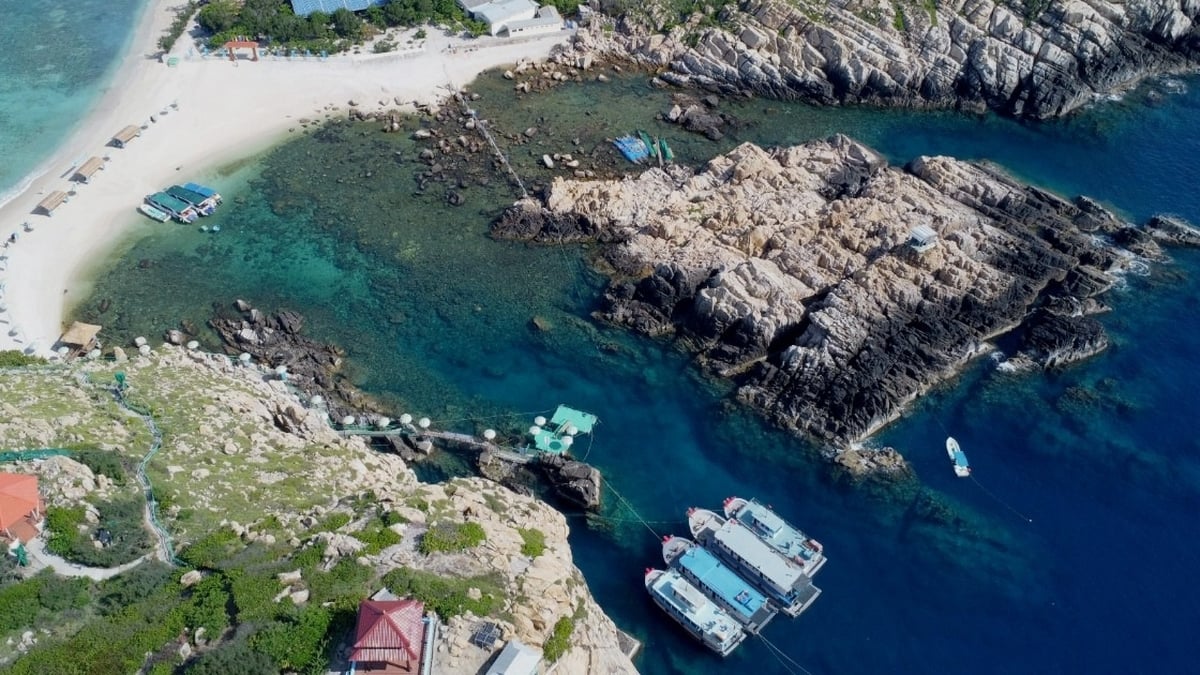






















































![[Maritime News] Treasury Department Targets Diverse Networks Facilitating Iran's Oil Trade](https://vphoto.vietnam.vn/thumb/402x226/vietnam/resource/IMAGE/2025/7/14/43150a0498234eeb8b127905d27f00b6)





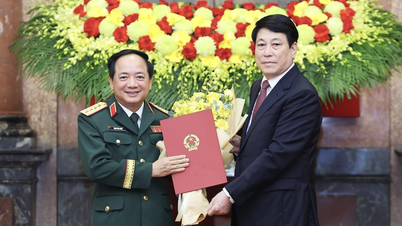










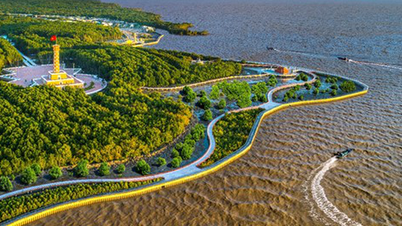

























Comment (0)